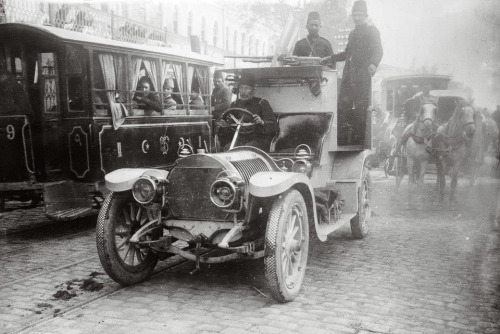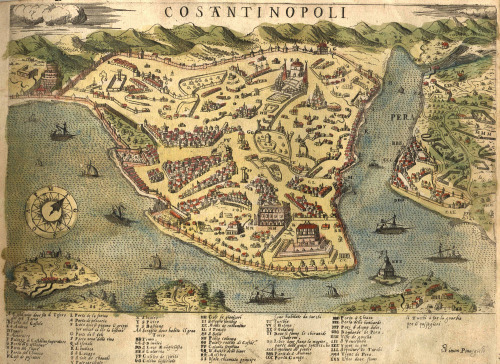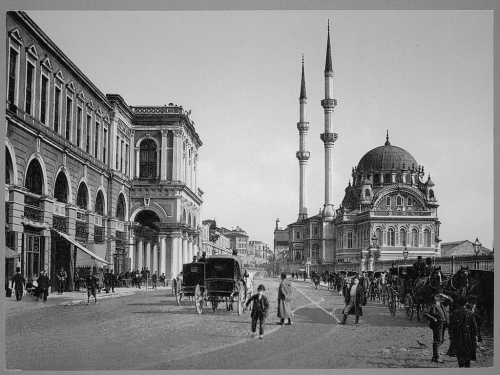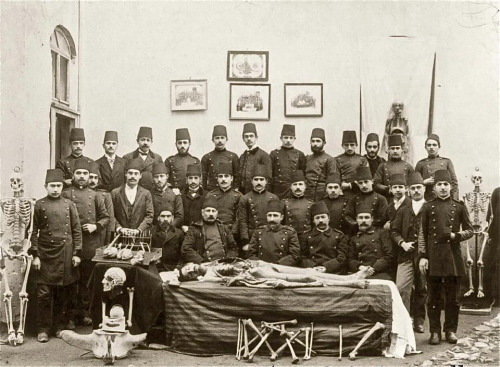#constantinople
Until the 1950s, Istanbul’s Bosporus strait was frequently visited by massive great white sharks, Charcharodon carcharias.
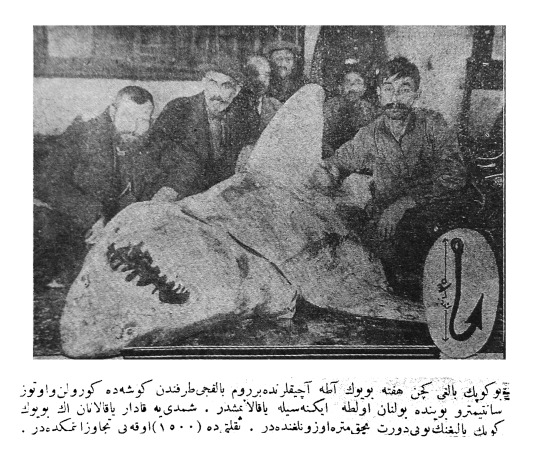
A massive specimen caught in the early 1920s, from Büyükada, a resort island just off Istanbul. Back in those years, Turkey still used the Arabic alphabet. A rough translation of the caption reads: “This shark was caught last week in Büyükada by Greek fishermen. To this day it is the biggest shark to be caught over there, its weight could surpass 1500 kg.”
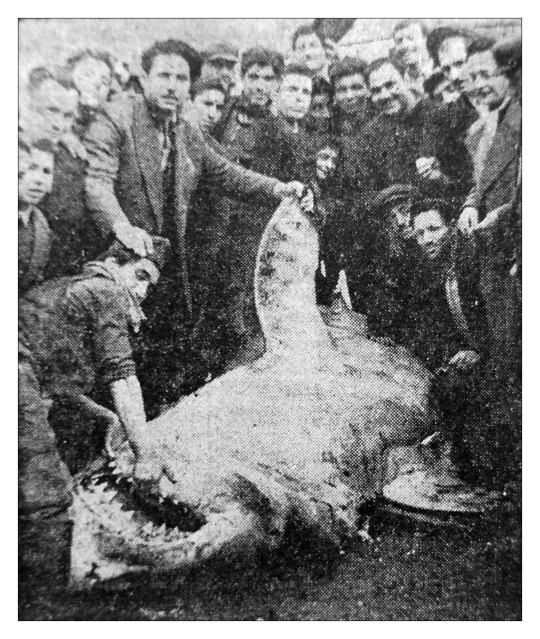
This big guy was caught in Tuzla, on the Asian part of Istanbul province.

The great white sharks visited Istanbul to catch massive tuna fish, Thunnus sp. - which were also prized by local fishermen. Sometimes, sharks simply camped by seaside factories that processed the tuna to feed on their refuse.

This massive specimen was exhibited at the Taksim Artillery Barracks - currently the site of Gezi Park, popularised recently as the flashpoint of massive and controversial riots.

Harpooned sharks were occasionally left to die on nearby beaches. This picture is from the Kabataş shore; currently a hub of construction sites and inter-city boat ports.

An enormous specimen hung for display near the Galata bridge. It is a sobering thought that these sharks, the tuna fish, and the fishermen who caught them have all disappeared as the city turned into a crowded, polluted metropolis of 16 million people.
Sources:Büyük Beyaz Bilmece [The Great White Riddle] by Hakan Kabasakal. (2015) and National Geographic Turkey.
Images reproduced for non-commercial purposes.
Contact [email protected] for removal.
Constantinople’s Ottoman inhabitants, like their Byzantine precursors, took magic very seriously. They employed strange spells for a variety of mundane, sometimes downright cruel purposes. The spells reveal a mental landscape of insecurity, fear, arrogance and superstition. Below are five examples:

To get a woman pregnant from her rightful husband:
Write this spell and place it in her bed.
Note the stylised image of a woman, represented as a triangle.
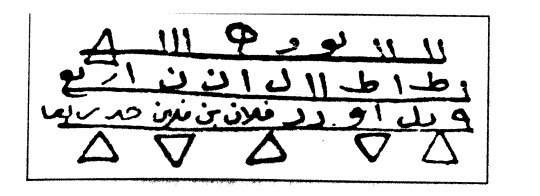
To tie tongues:
Write this spell on a piece of paper. Bury it under a tombstone. Say out loud: “Tie their tongue, as if they lie dead in the tomb.” Whoever you name, will be as mute as a corpse.

Write this if your servant or maid runs away:
Bury this where your servants stay when calm. Their roads will be tied and they will return, unable to escape.

If you desire to separate two people:
Write these on two pieces of bread, on a Sunday, on the afternoon and before midday. Feed one to the dog, and the other, to the cat.
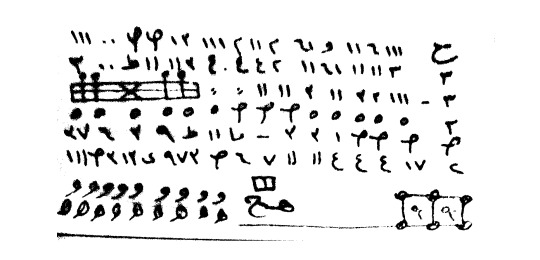
For increased companionship:
Carve this spell on a copper plate. Throw the plate into a hot fire. Remove from fire when your loved one arrives. As the spell cools, she will warm up to you. This is the spell.
Source:Dünden Bugüne İstanbul Ansiklopedisi [The Encyclopedia of Istanbul, from the Past to the Present] by the Republic of Turkey Culture Ministry and the Turkish History Foundation. (1994)
Image reproduced for non-commercial purposes.
Contact [email protected] for removal.
Bulgarian St. Stephen Church, also known as the Bulgarian Iron Church, famous for being made of cast iron. An iron frame was preferred to concrete reinforcement due to the weak ground conditions. Designed in a combination of different styles by Hovsep Aznavur, an Armenian of Constantinople origin and it was manufactured in Vienna and then shipped to Constantinople, where it was inaugurated in 1898. In terms of architecture, the church combines Neo-Gothic and Neo-Baroque influences. Now St Stephen is one of the world’s few surviving prefabricated cast iron churches.
Post link
The funeral ceremony of Armenian Catholic Patriarch Pierre Istepan Azariah On May 20, 1899.
Post link
Hippodrome of Constantinople
This was the largest hippodrome of the ancient world (and the largest stadium of all times) with a design that was conceptually based on the Circus Maximus in Rome which had a capacity of 250,000 spectators.
Post link
15th Century Constantinople, under the rule of Ottoman Empire. The last remainder of the once mighty Roman Empire.
Post link
Baker standing in front of the ‘American Bakery’ which displays signs in Armenian, Ladino (in Hebrew characters), English, Ottoman Turkish, Greek and Russian with samples of bread attached for the needy, Ortaköy, Istanbul, Turkey in 1922, part of the international aid for the occupied city.
Post link






